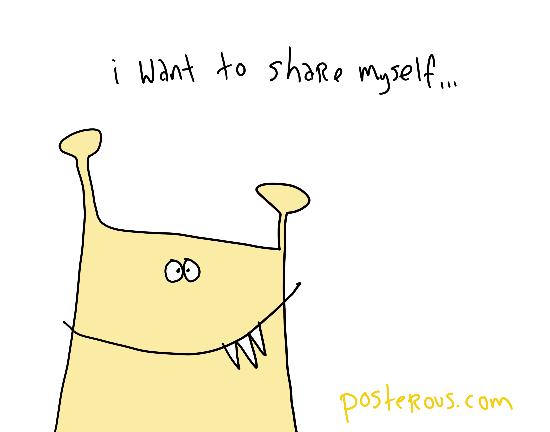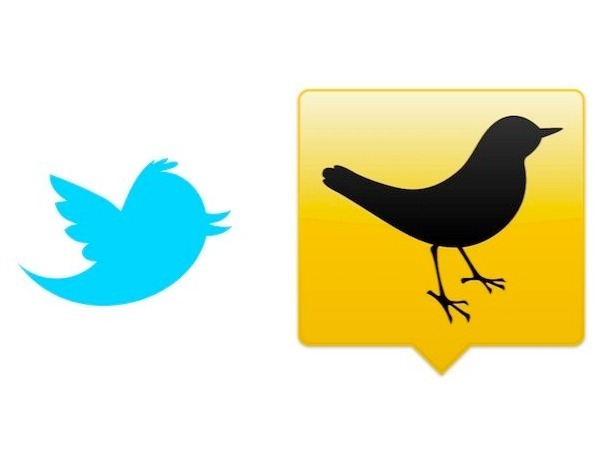
Twitter has a long history of gobbling up start-ups, and today it swallowed yet another one. This time it’s blogging and sharing platform Posterous. Both companies announced the acquisition Monday. Financial terms were not disclosed.
“Today we are welcoming a very talented group from Posterous to Twitter,” said the Twitter team on the company blog. “This team has built an innovative product that makes sharing across the web and mobile devices simple—a goal we share.”
Currently, there are no plans for changes to the Posterous website, and Posterous promises to notify its users if any changes were to be made.
“Posterous Spaces will remain up and running without disruption. We’ll give users ample notice if we make any changes to the service. For users who would like to back up their content or move to another service, we’ll share clear instructions for doing so in the coming weeks,” the statement on Posterous’ website reads.
San Francisco based Posterous raised $10.14 million in three rounds of fundraising since launching in 2008. In 2009 it received $750,000 from angels, such as Satish Dharmaraj, founder of Zimbra and Eric Hahn, CTO of Netscape. It then went on to raise $4.4 million in 2010 from investors, including Y Combinator, SV Angel, Lowercase Capital, and Brian Pokorny. Last September, it went to attract another $5 million from Redpoint Ventures, newcomer Jafco Ventures and existing investors.
While Posterous started out as a place to share mainly on the Web, it soon became a mobile platform for sharing as well. In August 2009, Posterous launched PicPosterous, an iPhone app that allowed users to share pictures and videos from their phones onto their Posterous page. In January 2011, the app was released onto Android phones.
A little Twitter history
Twitter has been gobbling up companies in the past few years, including seven from 2008 to 2010: Summize, Values of n, Mixer Labs, Atebits, Cloudhopper, Smallthought Systems, and Fluther.
In just the last year alone, Twitter has bought six more companies, including Posterous.
In January Twitter acquired Summify, a company that e-mails its users with relevant news stories. That same month it bought Dasient, an anti-malware company.
On top of that, in November of last year it picked up Whisper Systems, which provides privacy software for Android. And in August they bought Bagcheck, a service that allowed its users to create and share lists, or “bags” of their favorite things, such as their favorite albums or movies.
In what has so far has been its largest move, it purchased TweetDeck for $40 million in May 2011. TweetDeck is a program that allows users to follow their friends, search Tweets by keyword and send out their own Tweets. Almost 20% of Tweets come from TweetDeck, second only to Twitter.com
It is so far unclear what Twitter’s ultimate game plan is with buying all of these companies, considering that at least two of the companies it purchased, Whisper Systems and Dasient, ceased to operate after being taken over, with Dasient merging itself into Twitter. Whether this ultimately means that Posterous will be able to operate as it always has, or whether it will ultimately be merged into Twitter remains to be seen.
(Image source: gapingvoid.com)




















